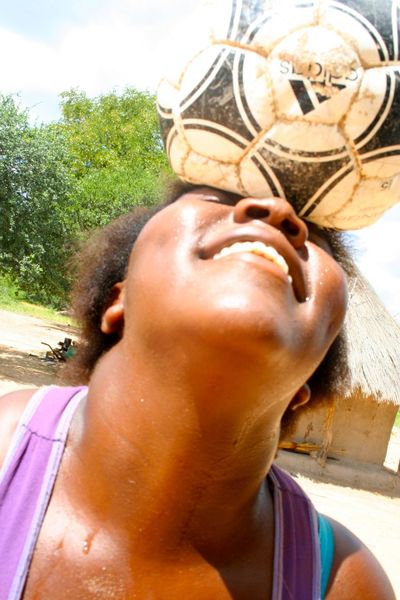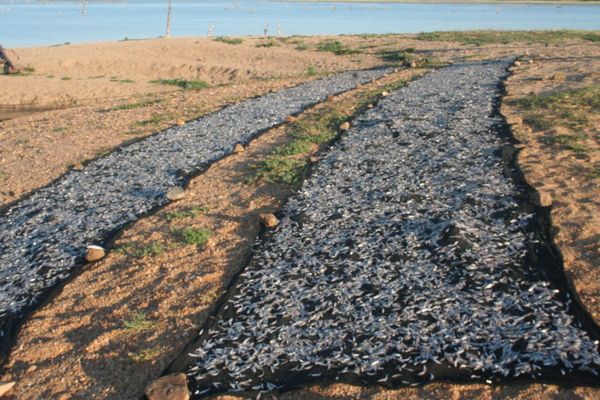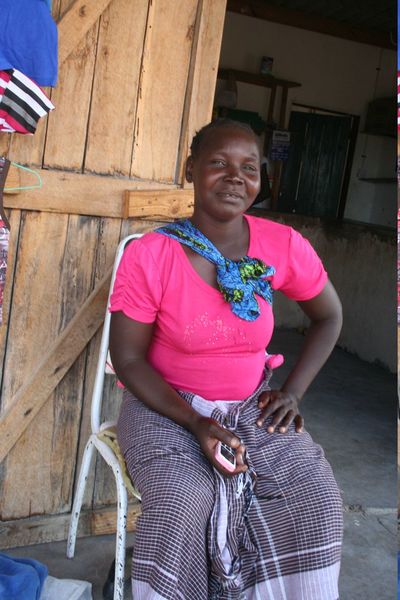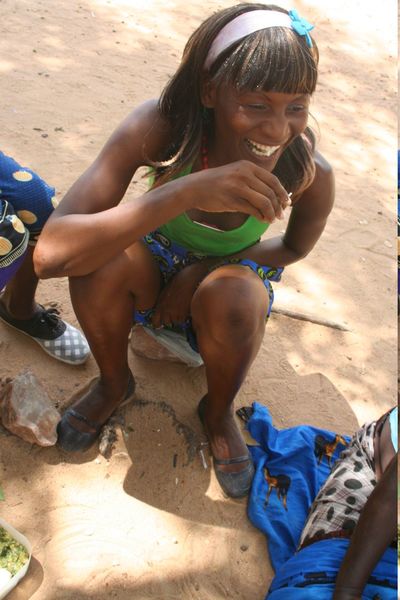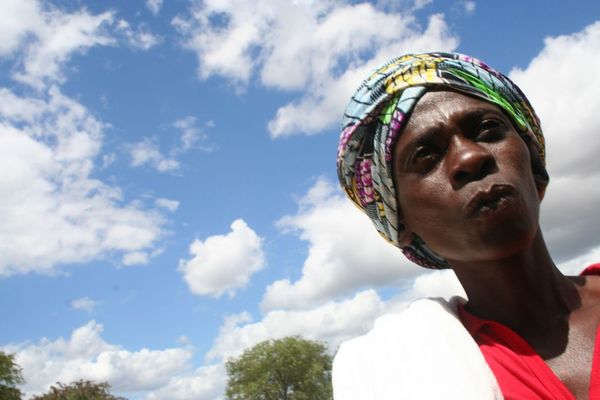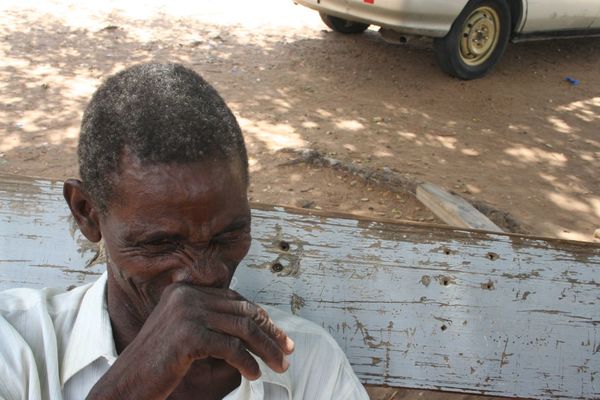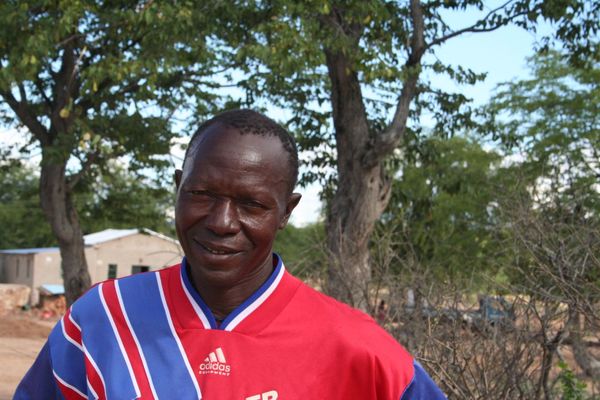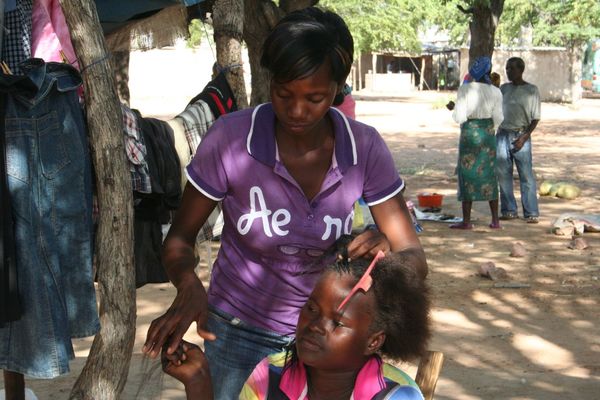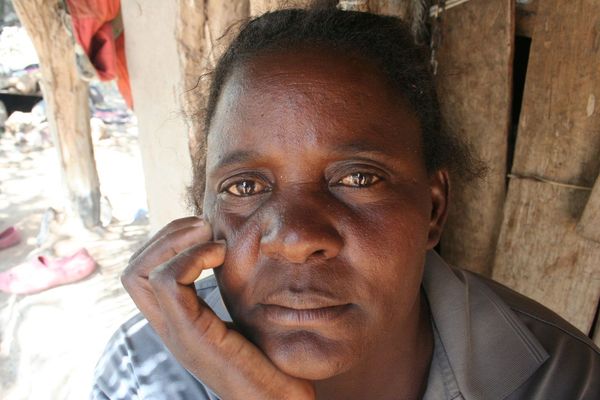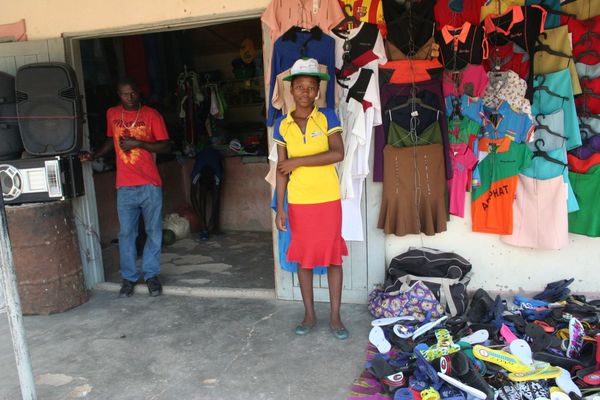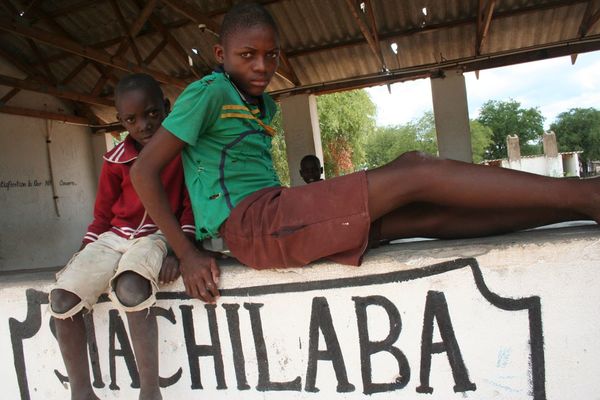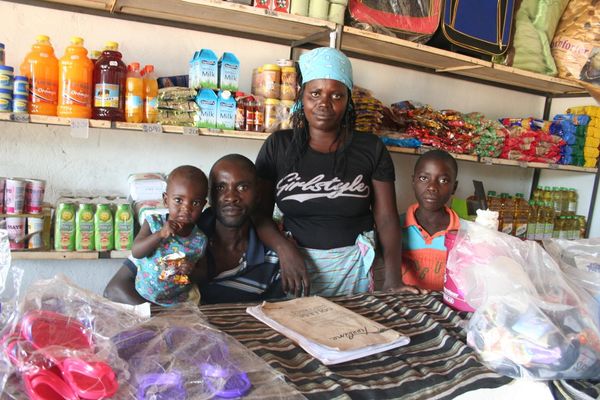Photo workshop promoting Siachilaba women
- Details
- Created: Monday, 30 May 2016 17:44
From 13 - 15th April there was another Photography workshop conducted by the artist Calvin Dondo from Harare at Siachilaba for the Women Photographers Association to promote their photography skills as means of expression and self representation.
Read the report below and have a look at some pictures selected
Workshop Report by Calvin Dondo:
OBJECTIVES – TO EMPOWER THE SIACHILABA WOMEN PHOTOGRAPHERS ASSOCIATION WITH PHOTOGRAPHY SKILLS ON HOW TO DOCUMENT DROUGHT IN PICTURES AND HOW TO RUN A PHOTOGRAPHY STUDIO.
DAY ONE: There was a big gathering at Siachilaba Business Centre. The Government was distributing maize to the community and SAVE THE CHILDREN a non- governmental organization was paying out the monthly $25.00 allowance per deserving families within the community. This exercise involved many of the Simonga- Siachilaba women photographer’s association members as some of them are community leaders and their presence was therefore important for the smooth distribution of food and the monthly allowances.
They could only come out to the workshop after the proceedings and the distribution deliberations were concluded around 2.30 pm.
They attended the workshop and we started by going back to where we left in the last workshop.
They told me about the absence of the other members who have relocated to Bulawayo to look for work and some who got married and could not come to the workshop.
They had lost hope of further photography training and did not use the cameras in their possession.
We discussed the drought and how it had affected the community.
It was visually difficult for them to depict drought because Binga is green now because of the late rains. The weather pattern in Zimbabwe has changed, the rains came late this year after their normal agricultural season. There is drought as the vegetation looks green. It was raining and looked green unlike the typical weather pattern when it will be very dry and very hot. We came out with some strategies of depicting drought, though it looked green.
I asked them to focus on environmental portraiture and to go very close to the community so that they could show the distress which the community faces and to take photos of the empty granaries. They also focused on other signs of the consequences of drought.
DAY TWO:
After lunch on day two we met and I gave a lecture on portraiture and on the history of portraiture in painting, where it was only the rich people who could commission artists to make portraits.
Then coming of photography made portraiture available to many.
We touched on a number of portraiture in the current situation e g passports, drivers’ licences, identity cards, personal portraits and environmental portraiture.
Before we finished day two, I gave them the second assignment of ten very close portraits.
DAY THREE
We discussed and criticized the previous assignment and then we went out in the community to take pictures of the community. From about 10.00am we were taking pictures of homes we visited under my watchful eyes because I was not impressed with work they did in the first two days.
Day three was very successful. I would show them how to do it and the distance between the camera and the community which assured them of some good pictures and how to deal with the community.
They took lots of pictures and had fun with the community.
We gathered after lunch and criticized, discussed our challenges. Then we sat down to talk about the plans to establish a photo studio and what equipment the studio could do with.

